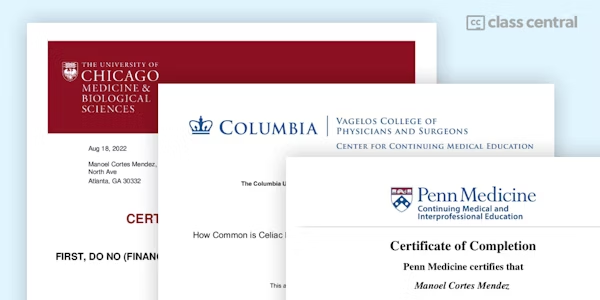Expand how you address health issues, learning from top One Health experts.
In today’s globalised world, old diseases persist and new illnesses spread faster than ever thanks to interconnected ecosystems and the close ties between humans and animals. Stressing this interrelatedness, One Health calls for closer cooperation between human and animal health. This course explores how One Health works in practice, bringing together different scientific perspectives. You will, for instance, study vaccination coverage data and discuss food safety enhancement. You learn how to calculate the added value resulting from the One Health approach using case studies.
This course is designed for anyone with an interest in the relationship between humans and animals in different cultures.
You don’t need any prior knowledge of human or veterinary medicine to benefit from thise course. It will be useful for non-professionals as well as health professionals and those working in politics, NGOs, and students of veterinary and human medicine throughout the world.
To take part in this course it is helpful to have access to a spreadsheet calculation program. However, you may also calculate the examples by hand on paper.



